Don't wanna be here? Send us removal request.
Text
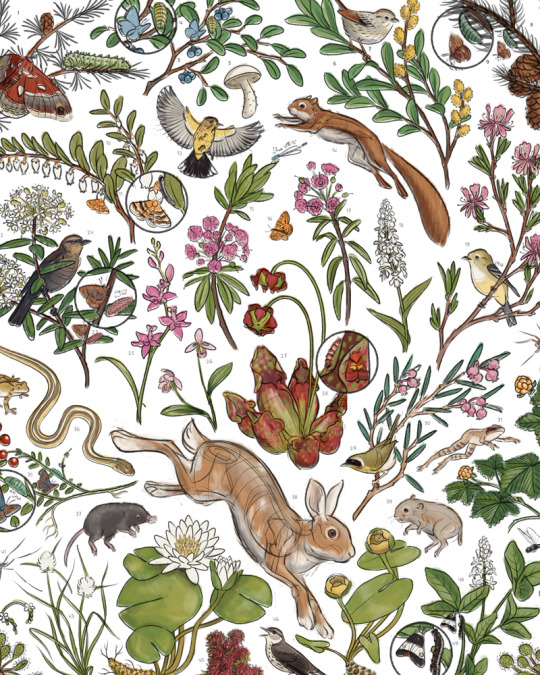
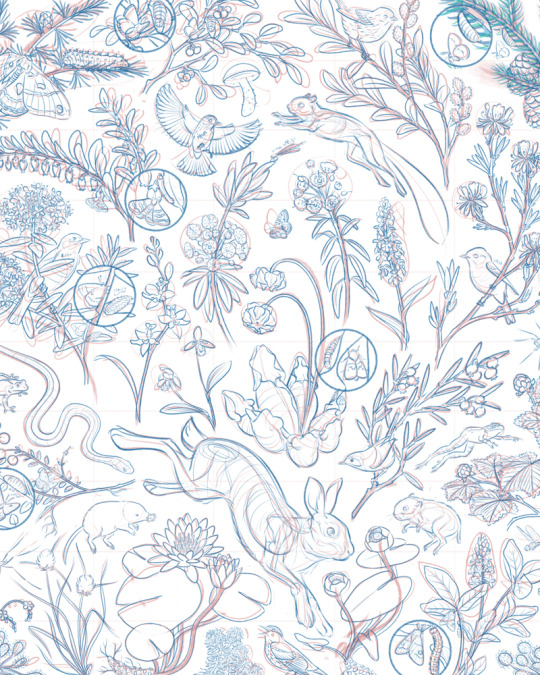
This summer I've been chipping away at a new poster, featuring 50 species commonly found in northeastern bogs—from carnivorous plants to sphagnum mosses and dragonflies. Here's a peek at the sketches…
#bog#boglife#bog life#bog species#plants#animals#flora and fauna#illustration#species#poster#sketch#nature#naturalist#mire#peatland#sphagnum#botanical#botanical illustration#scientific illustration#nature illustration#art#drawing#nature drawing#jada fitch#maine#new england#northeastern#northeast#bogs#peat bog
274 notes
·
View notes
Text
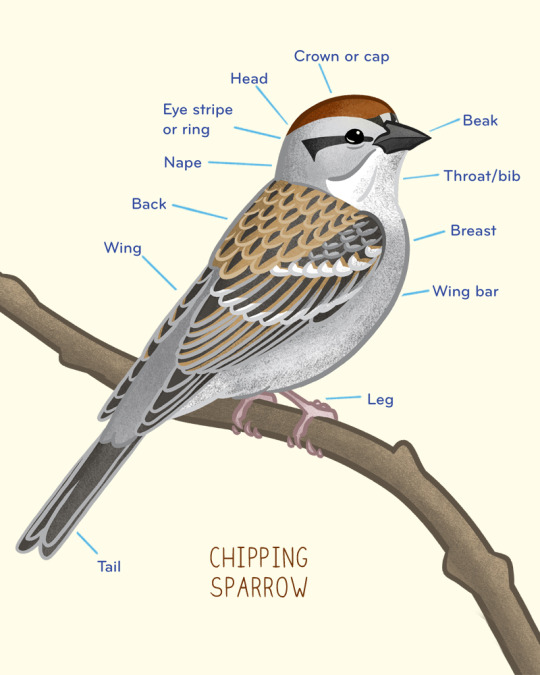
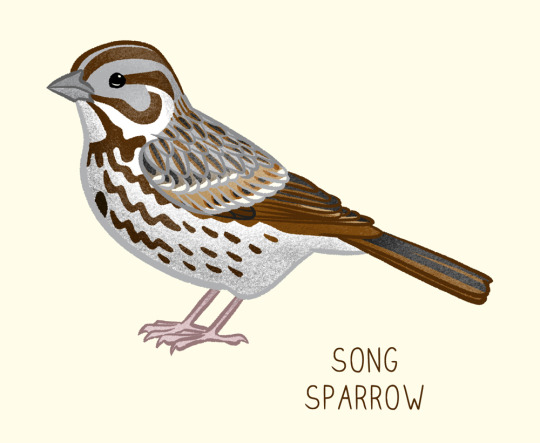
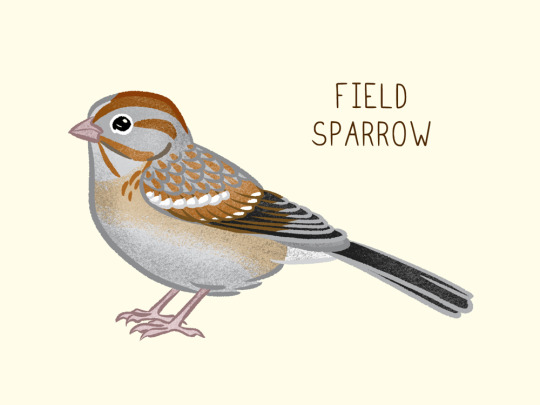
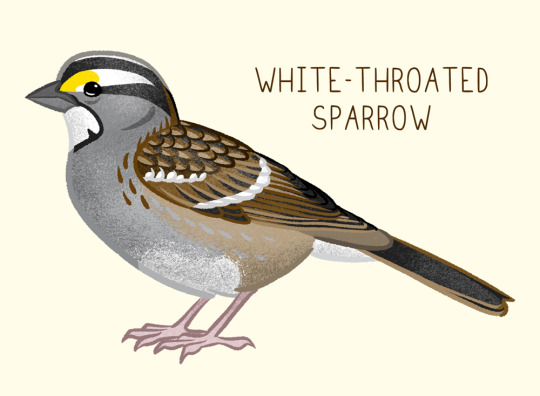
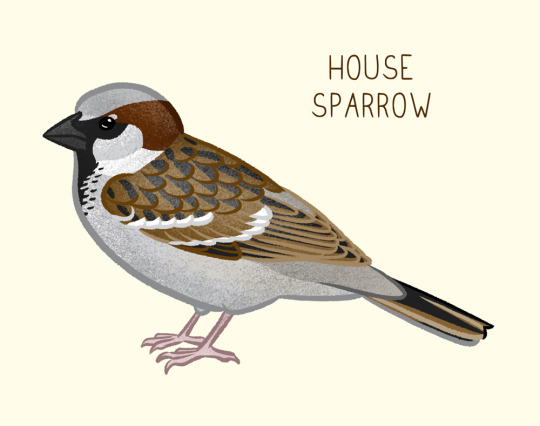
SPARROWS! (Illustrations from I Love Birds)
#Zonotrichia albicollis#White-throated sparrow#Spizella pusilla#field sparrow#Passer domesticus#house sparrow#european house sparrow#Melospiza melodia#song sparrow#Spizella passerina#chipping sparrow#sparrow#sparrows#bird#birds#bird art#sparrow illustration#illustration#bird illustration#drawing#bird drawing#bird anatomy#bird parts#illustrator#artist#maine#all about birds#i love birds#jada fitch#art
181 notes
·
View notes
Text
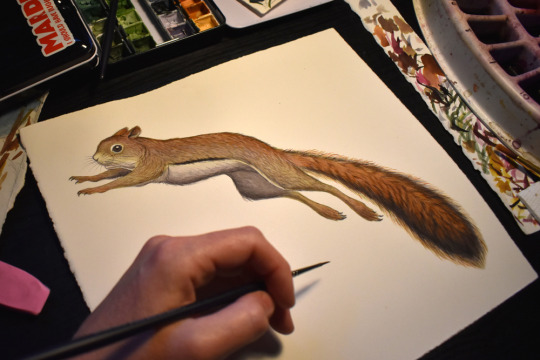
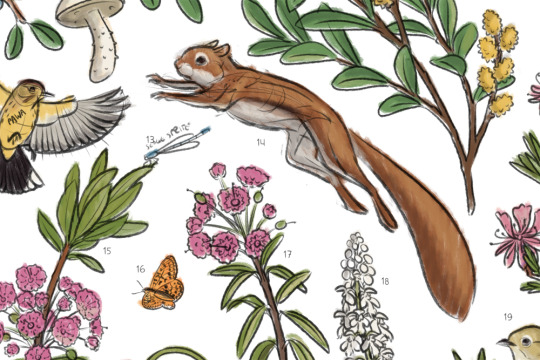
American red squirrel, for my current project between projects.
#american red squirrel#red squirrel#drawing#painting#sketch#watercolor#art#illustration#mammal#maine#Tamiasciurus hudsonicus#jump#leap#jumping#leaping#jada fitch#artist#illustrator#animal#wildlife
229 notes
·
View notes
Text
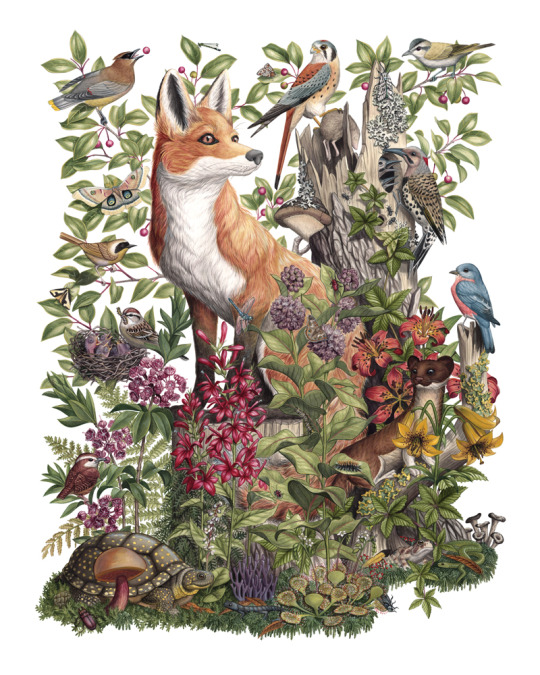
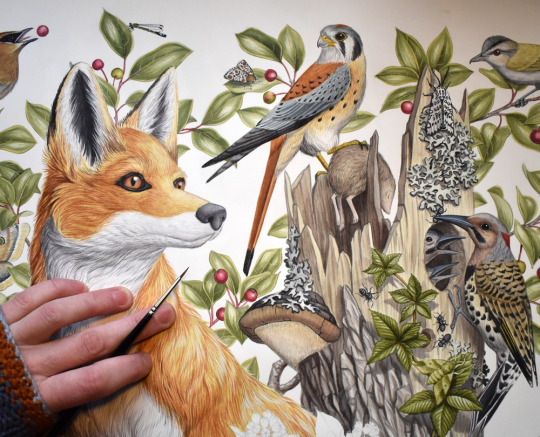
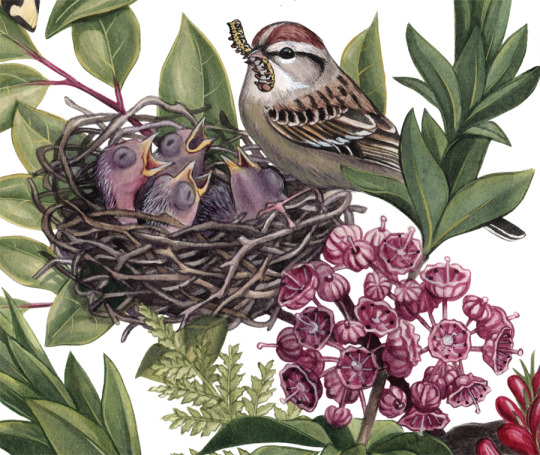
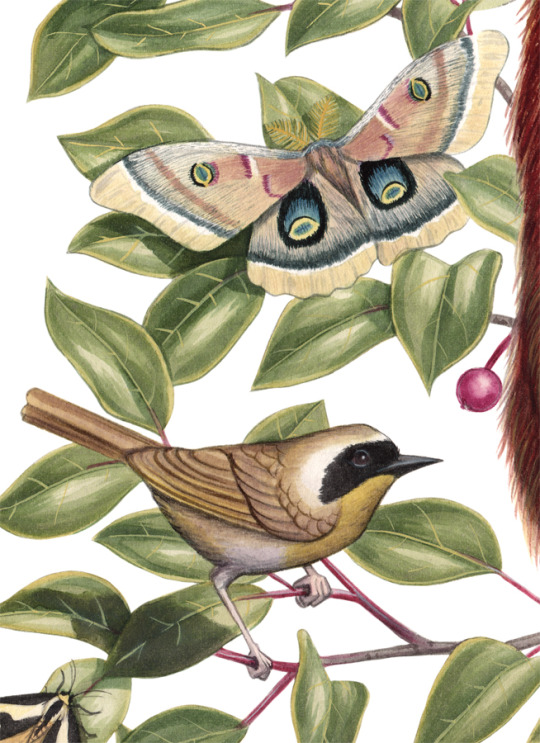
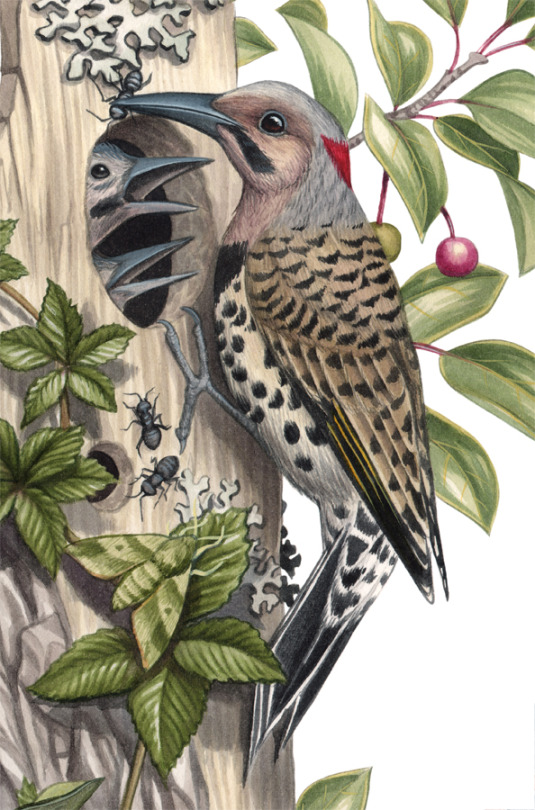
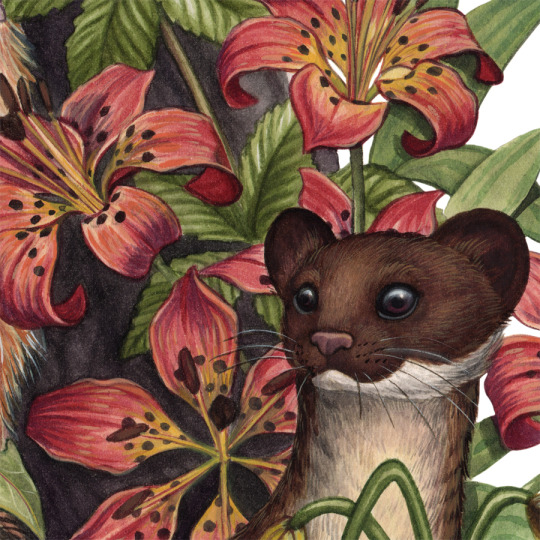
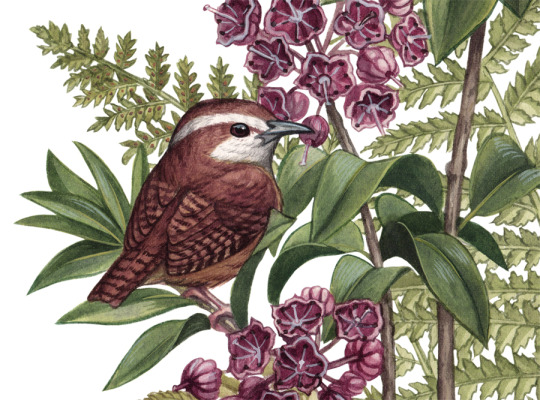
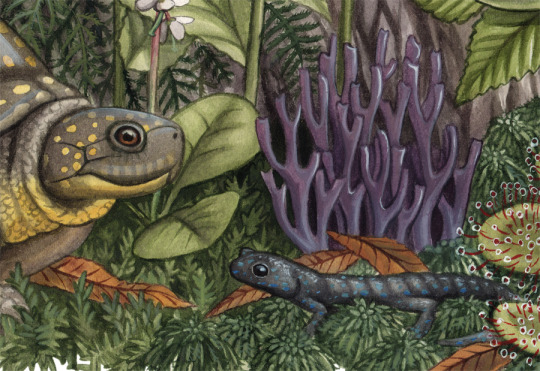
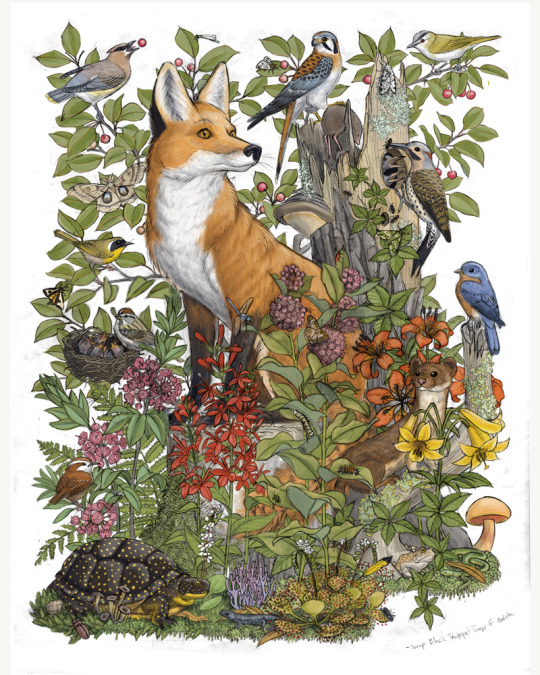
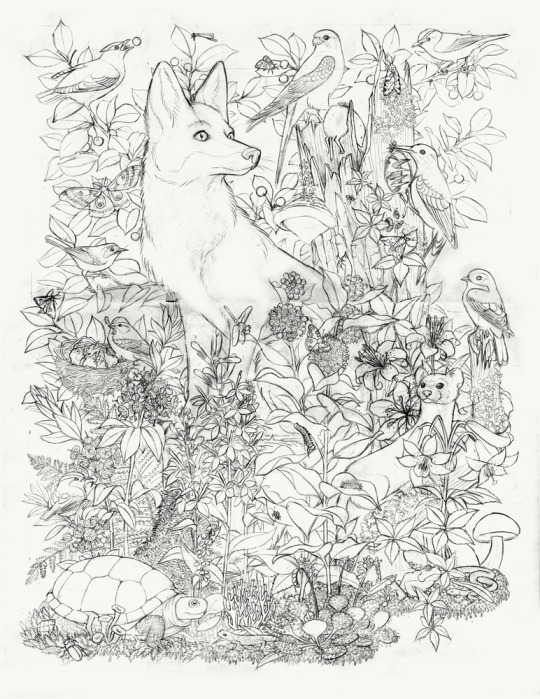
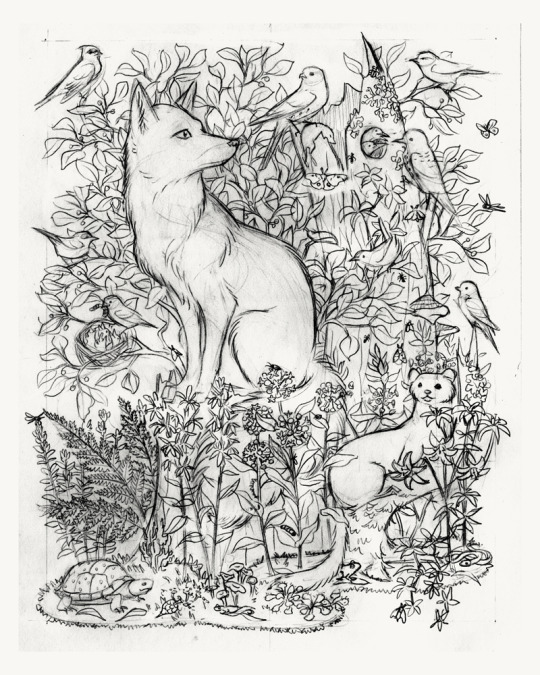
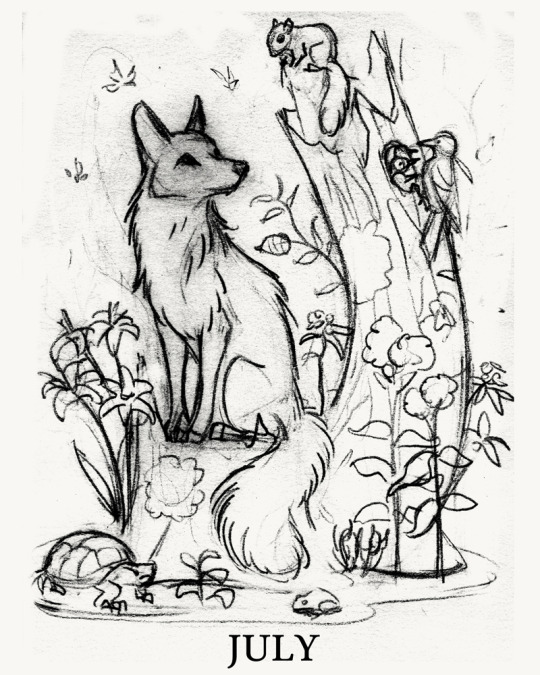
JULY The forest is in full bloom "July bursts with color, and not just in the expected places. Flip a log and you might find a blue-spotted salamander, mottled like fine porcelain. On the forest floor, the violet coral fungus is shocking not only because of its color but because it looks like coral. Birds are thick into the business of raising their young. Other creatures are trying hard to blend in, to not turn into food for hungry baby birds. Can you find the Virginia creeper sphinx moth, banded in gray green, against the leaves of Virginia creeper? The black willow leans out over the edges of streams and ponds, springs up in swamps. Its wood is soft but bendable, a favorite of beavers and basket weavers. At the tips of its brittle branches, catkins send seeds into summer winds. The twigs are made to snap and float downstream, where they may drop roots in a muddy bank and become trees." -Kateri Kosek from The Forest Revealed This painting/page from "The Forest Revealed" celebrates some of my favorite things the month of July has to offer. Here's some close-ups, and the sketches that got me to the final art. The book will be out in September, but is available to preorder now.
#painting#painting process#sketch#sketches#art#July#month of July#phenology#illustration#jada fitch#maine#bird#watercolor#drawing#nature#naturalist#animals#wildlife#watercolor painting#new england#northeast#fox#red fox#nature artist#artist#maine artist#maine illustrator#Storey#wildlife illustration#animal art
2K notes
·
View notes
Text
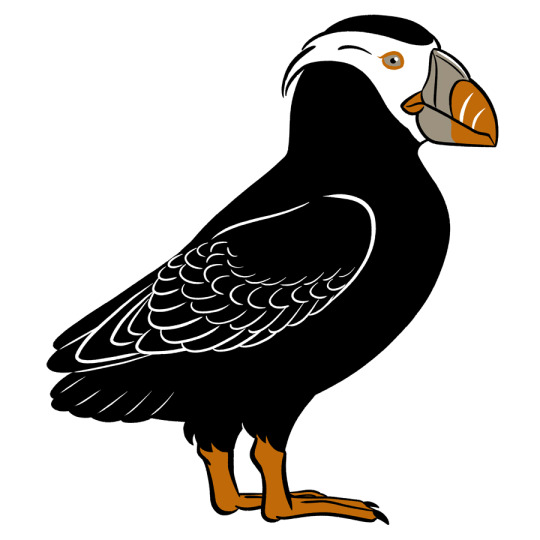
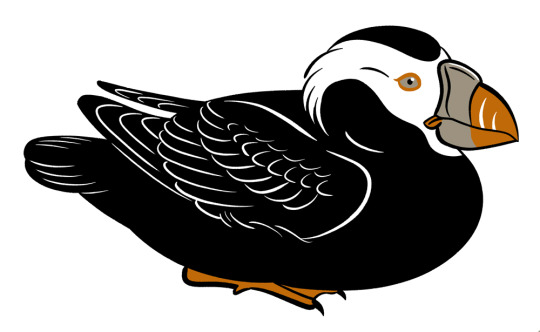
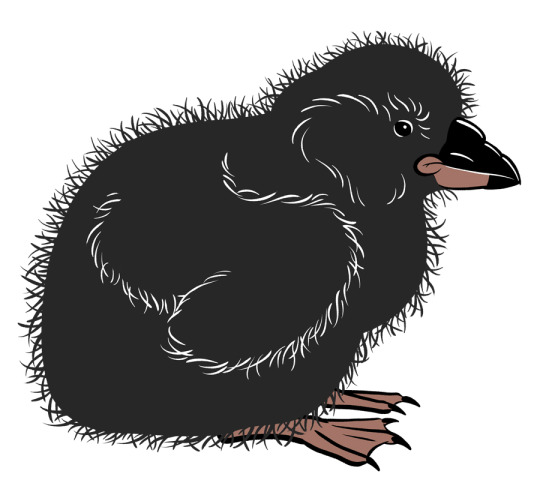
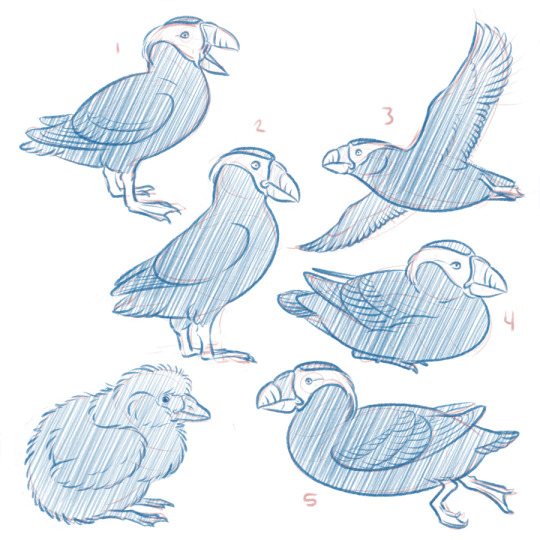
Tufted Puffins (Fratercula cirrhata) for Seabird Institute.
#Fratercula cirrhata#tufted puffin#puffin#TUPU#puffins#bird#auk#pelagic#seabird#seabirds#seabird institute#national audubon#audubon#audubon society#artist#illustrator#illustration#art#drawing#bird art#bird illustration#bird drawing#sketch#bird sketch#sketches#baby bird#chick#design#graphic#graphic bird
82 notes
·
View notes
Text
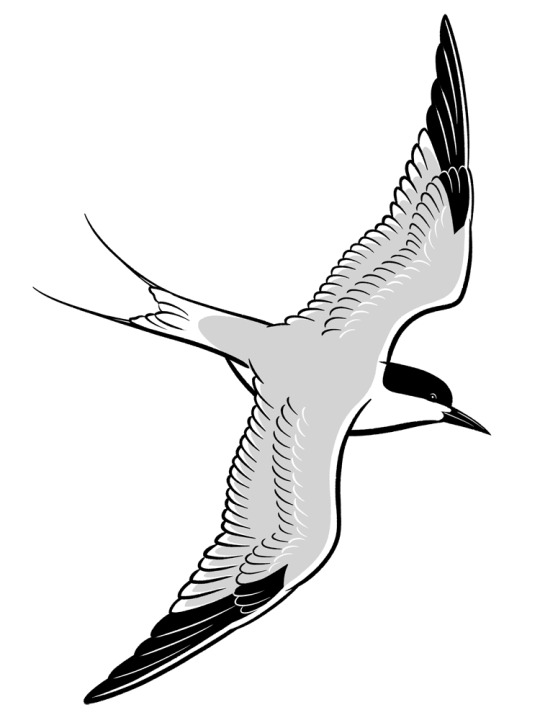
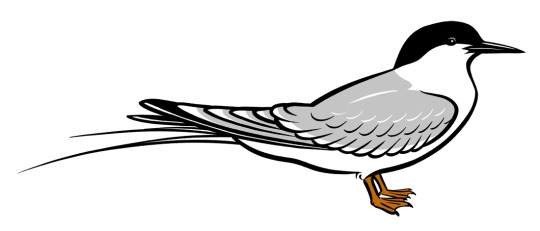
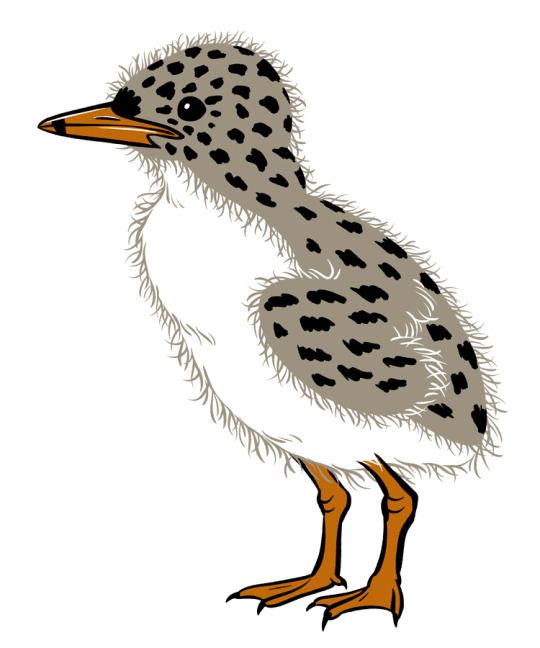

Roseate Tern (Sterna dougallii) for National Audubon Society's Seabird Institute.
#Sterna dougallii#Roseate Tern#tern#flight#in flight#flying#bird#seabird#pelagic#sea bird#maine#maine birds#maine bird#Laridae#illustration#jada fitch#drawing#art#audubon#artist#illustrator#bird art#graphic#sketch#bird drawing#bird illustration#seabird institute#audubon society
80 notes
·
View notes
Text
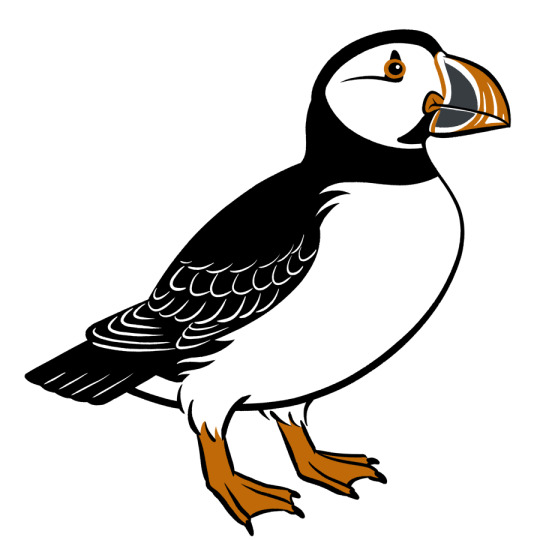
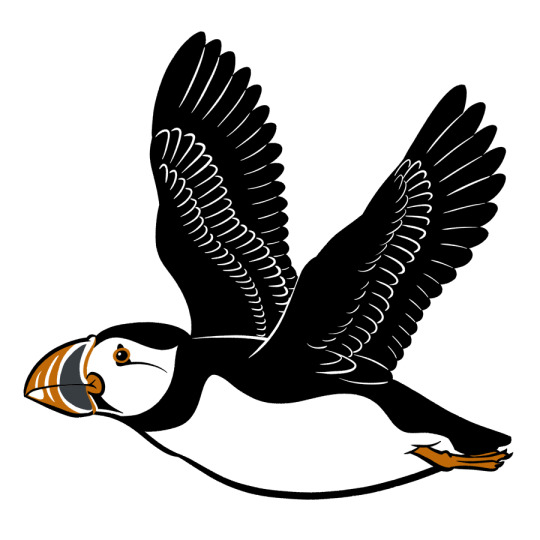
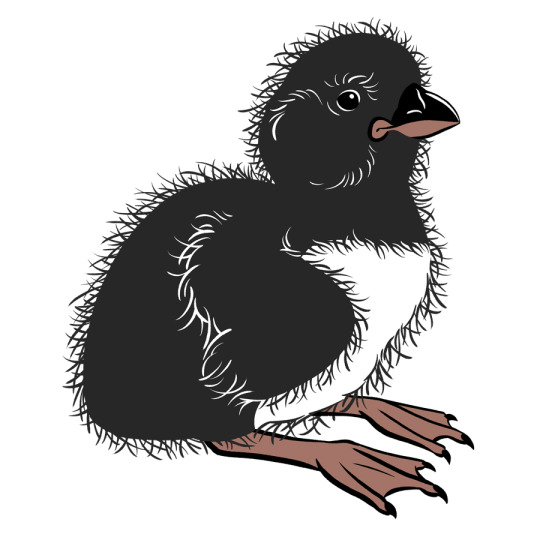
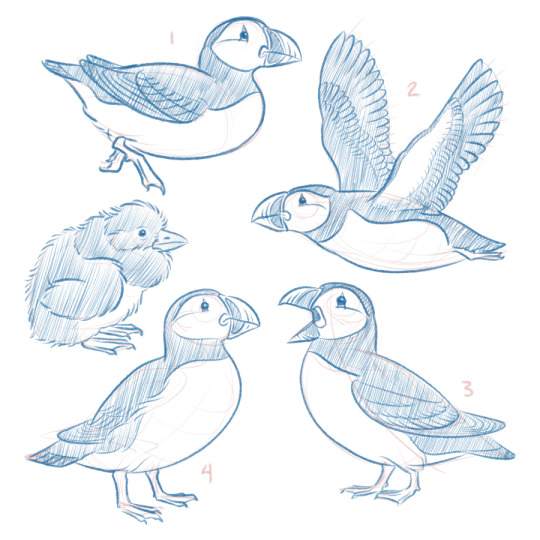
Fratercula arctica (Fratercula arctica) Illustrations for National Audubon's Seabird Institute
#Fratercula arctica#Atlantic puffin#puffin#bird#seabird#sea bird#pelagic#bird art#puffin art#illustration#bird illustration#bird artist#maine#maine artist#maine puffins#puffins#seabird institute#national audubon#audubon#audubon society#art#design#graphic#graphic bird#nature#wildlife#birds#bird nerd#i love puffins#sea parrot
119 notes
·
View notes
Text
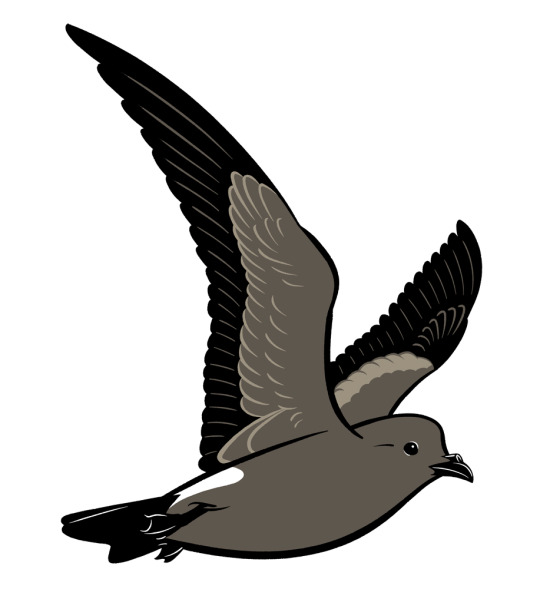
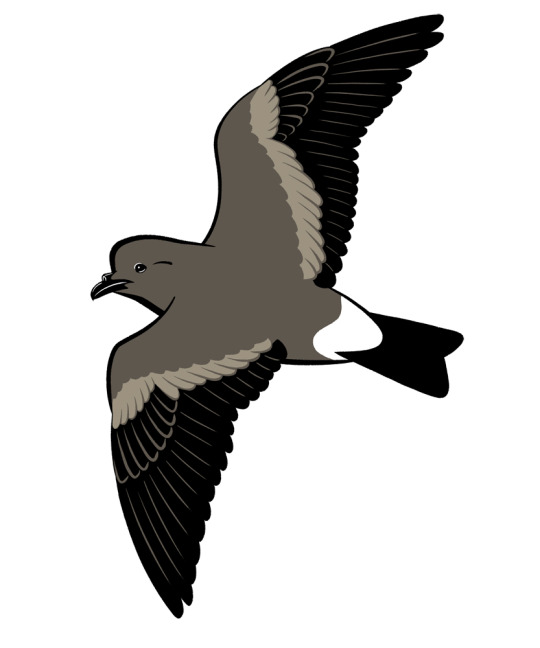
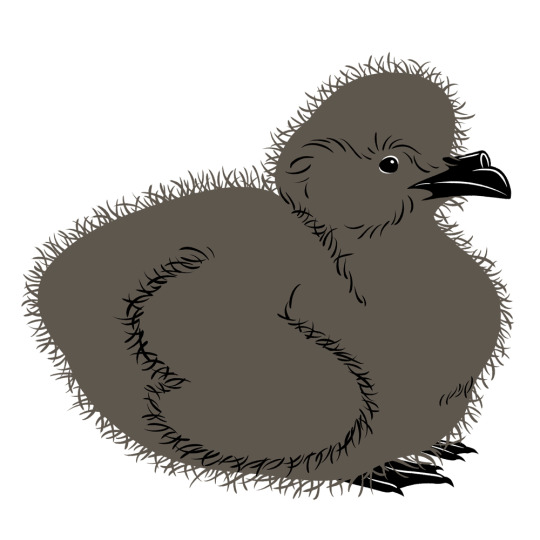
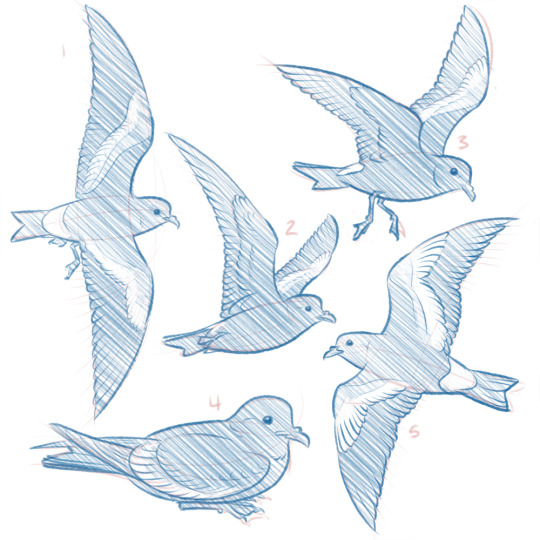
Leach's Storm Petrel illustrations for National Audubon Society's Seabird Institute.
#Hydrobates leucorhous#seabird institute#national audubon#audubon#audubon society#leache's storm petrel#petrel#storm petrel#bird#pelagic#in flight#flying#illustration#artist#maine#maine artist#maine illustrator#bird artist#bird illustrator#birds#seabird#sea bird#sketch#drawing#graphic#art#graphic art#wildlife#animal
70 notes
·
View notes
Text
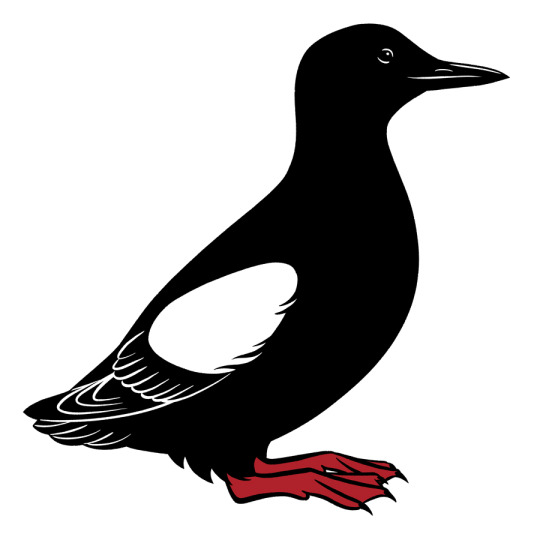
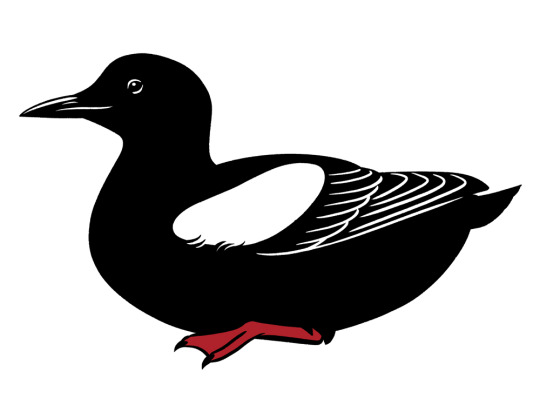
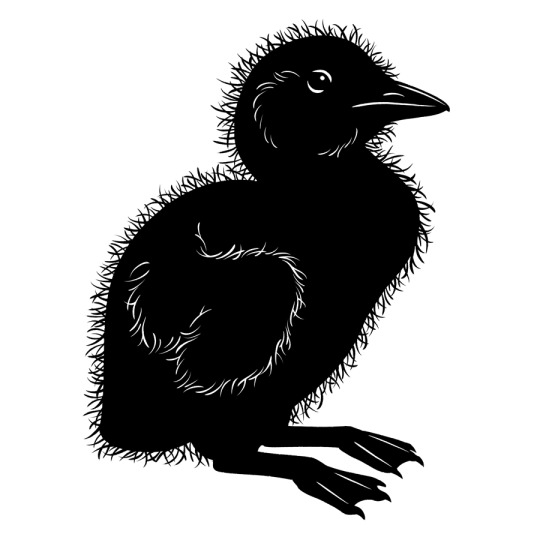
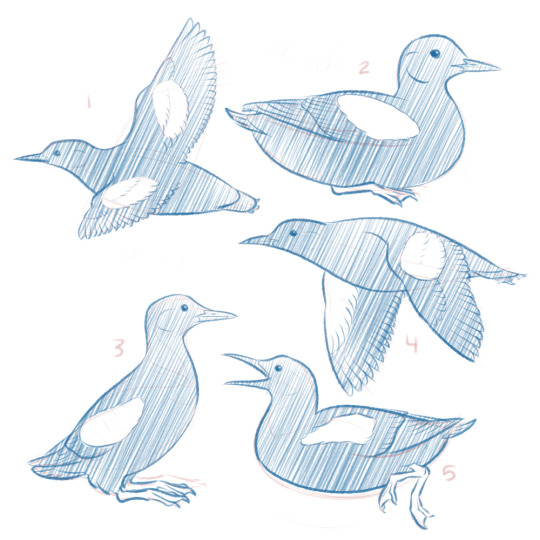
Friday was International Guillemot Appreciation Day! Can't believe I missed it again, but really, shouldn't everyday be guillemot appreciation day? Here's some BLGU art I created for National Audubon's Seabird Institute.
#National Audubon#Seabird Institute#guillemot#black guillemot#BLGU#Cepphus grylle#Charadriiformes#Alcidae#alcid#auk#maine#maine birds#maine bird#sea bird#seabird#pelagic#pelagic bird#illustration#art#graphic#design#mainer#maine artist#maine designer#maine illustrator#Audubon#chick#baby#International Guillemot Appreciation Day#jada fitch
108 notes
·
View notes
Text





In the eastern part of their range, Columbia silk moth caterpillars hatch from tiny eggs, laid on hackmatack (aka tamarack, aka eastern larch) trees. This deciduous conifer, common in the northeast, is the primary food source for these caterpillars. After their cocooned over-winter transformation to a moth, they no longer eat or drink. They’ve only got a couple of weeks on the wing to find a mate, and lay eggs on another larch. Late may to early July is the best time of the year to spot one of these large moths, as well as their cousins, cecropia and luna moth. So double check the side of your house if you forget to turn off the outside light this week.
#columbiasilkmoth#saturniidae#silkmoth#hackmatack#tamarack#larch#watercolor#columbia silkmoth#columbia silk moth#Hyalophora columbia#Hyalophora#illustration#jada fitch#art#maine#painting#nature#moth#tree#host#giant silk moth#giant silkmoth#new england#north east#insect#moth and host#caterpillar#artist#illustrator#bugs
108 notes
·
View notes
Text








The Forest Revealed book cover from start to finish.
#illustration#jada fitch#art#maine#bird#watercolor#painting#nature#book cover#cover art#book cover illustration#illustrator#artist#downeast#down east#new england#book#big book#nature book#kids book#children's book#outdoors#forest#woods#the forest revealed#painting process#sketch#sketches#rough sketch#color sketch
178 notes
·
View notes
Text

It’s firefly season again! 🔥🪰 / ⚡️🐞
Spring Tree-Top Flasher
“Consider the charisma of a firefly: a beetle that makes no one cringe, that we chase after with jars, a thing that glows. Consider that a firefly is a firefly for only two weeks. That before it is a firefly, it crawls through the dark for a year, wingless. It eats and eats. It tunnels through leaf litter, lethal and glowing. With its mandible it pierces slugs, earthworms, and snails, paralyzing them with venom. It glows so as not to be eaten. It molts out of its exoskeleton and grows bigger.
We assume fireflies will always be here for us, a ritual that carries children through summer dusks. But are our lawns too short, our nights too bright with artificial light? By the time we see them, fireflies have spent a winter underground and have emerged, frenzied to mate, into a confusing world that is not dark enough. They do not eat. Singleminded, they lack even mouthparts. They try to make the brightest flash.” - Kateri Kosek
#spring tree-top flasher#treetop flasher#tree-top flasher#fire fly#firefly#lightning bug#illustration#jada fitch#art#drawing#watercolor#painting#nature#book#forest revealed#Pyractomena borealis#bug#insect#entomology#springtime#bug art#insect illustration#naturalist#Maine artist#Maine#illustrator#Maine illustrator#nature illustration#book illustration
72 notes
·
View notes
Text
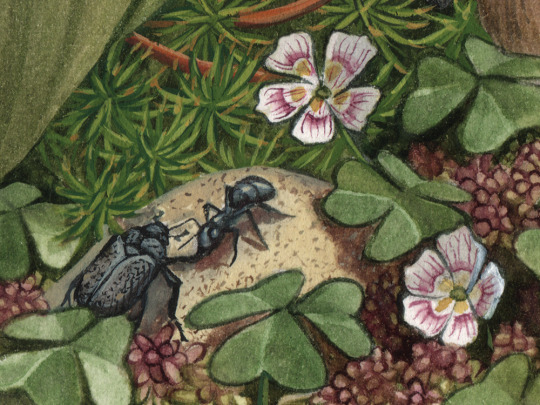

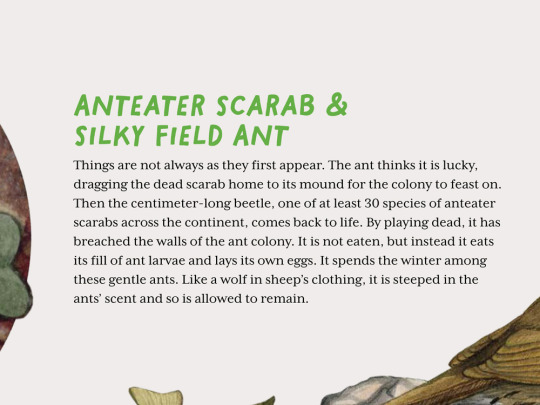
Detail from The Forest Revealed’s “June” pages. The photo is something I witnessed while on a walk a few years ago. When I got home I did some Googling to see what was going on. It was so interesting, I had to include the scene in a painting.
Anteater Scarab & Silky Field Ant “Things are not always as they first appear. The ant thinks it is lucky, dragging the dead scarab home to its mound for the colony to feast on. Then the centimeter-long beetle, one of at least 30 species of anteater scarabs across the continent, comes back to life. By playing dead, it has breached the walls of the ant colony. It is not eaten, but instead it eats its fill of ant larvae and lays its own eggs. It spends the winter among these gentle ants. Like a wolf in sheep’s clothing, it is steeped in the ants’ scent and so is allowed to remain.” -Text by @katerikosek
#anteater scarab#beetle#Cremastocheilus canaliculatus#Cremastocheilus#scarab beetle#maine#new england#insect#illustration#the forest revealed#book illustration#nature book#nature illustration#nature#watercolor#detail#naturalist#bug life#jada fitch
47 notes
·
View notes
Text

Here's the June painting from, The Forest Revealed. So much happening this month. Cecropia moths are active, pitchers plants are blooming, hummingbirds are nesting, fawns are taking it all in, and the leaves are their most vibrant shades of green. Gotta love June. See what else is happening out there in the woods, in The Forest Revealed. Out in September. Available for preorder
#illustration#jada fitch#art#maine#bird#watercolor#painting#nature#birds#naturalist#phenology#new england#northeast#lady slipper#fawn#deer#stump#wildlife#flora and fauna#raven#nature art#nature illustration#maine artist#maine illustrator#the forest revealed#book illustration#the woods#forest#cecropia moth#pitcher plant
132 notes
·
View notes
Text
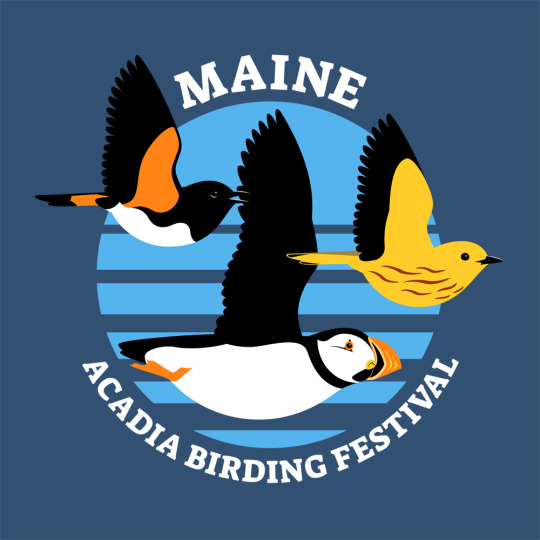

Acadia Birding Festival is underway! Big thank you for commissioning the 2025 t-shirt design. If you're on MDI this weekend be sure to snag one.
#illustration#jada fitch#art#maine#bird#design#nature#tee#tshirt#t-shirt#shirt#tee design#t-shirt design#acadia bird fest#acadia birding festival#acadia#acadia national park#maine artist#maine designer#maine illustrator#puffin#puffin in flight#warblers#migration#warbler migration#yellow warbler#american redstart#warbler#redstart#birding t-shirt
33 notes
·
View notes
Text
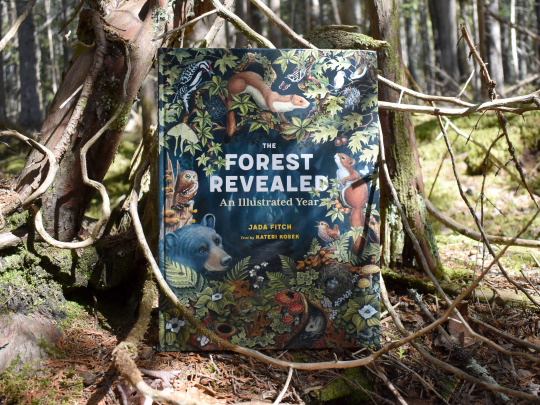
Got an advance copy of The Forest Revealed! Here it is in its natural habitat. Out in September. PREORDER HERE.
#illustration#jada fitch#art#maine#bird#drawing#watercolor#painting#design#nature#book#big book#book illustration#nature book#nature education#educational#picture book#new england#naturalist#phenology#wildlife#northeast#illustrator#maine artist#maine illustrator#maine based#artist#kids book#kids#childrens
50 notes
·
View notes
Text



Some pictures of me working on the book cover for "The Forest Revealed" this past winter. THE BOOK
#forest revealed#book cover#cover art#artist#illustrator#watercolor#painting#painter#in studio#gouache#jada fitch#nature artist#maine artist#maine illustrator#maine painter#wildlife artist#paint pallet
160 notes
·
View notes